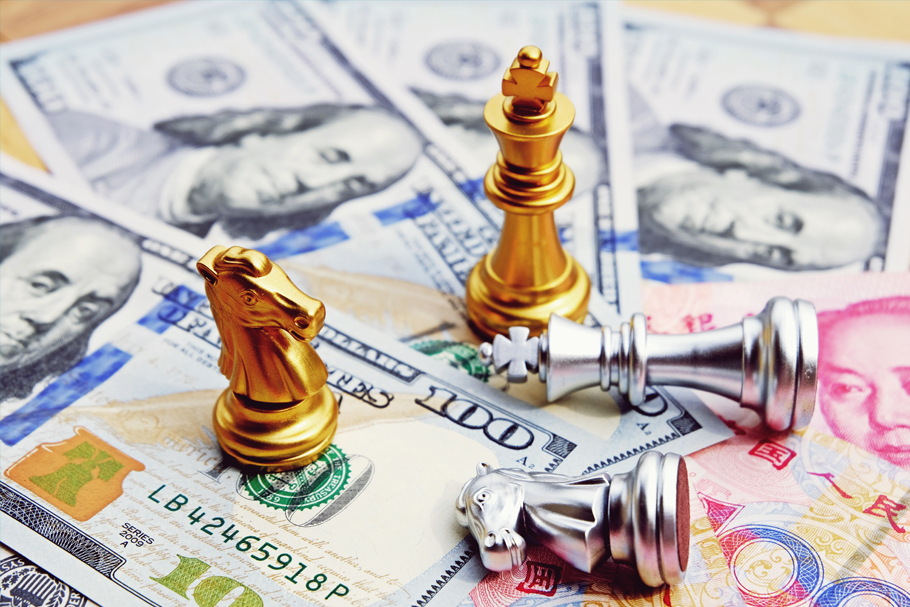Max Harris

This post contributes to our occasional series of guest posts by external researchers who have used the Bank of England’s archives for their work on subjects outside traditional central banking topics.
When Britain created the Exchange Equalisation Account (EEA) in 1932, its designers had little sense of the controversy that would ensue. The previous year, Britain had suspended gold convertibility, and the volatile capital flows that followed convinced officials that they needed a tool for managing the exchange rate. The EEA – originally a fund solely for foreign exchange interventions (its remit is broader now) – seemed not only necessary but eminently reasonable. To a world in the throes of depression, however, it looked like a means to weaken sterling and reap a competitive advantage. America responded by establishing the Exchange Stabilization Fund (ESF) in what many viewed as another escalation in the conflict that was tearing the international monetary system apart.
| Comment | See all comments |
